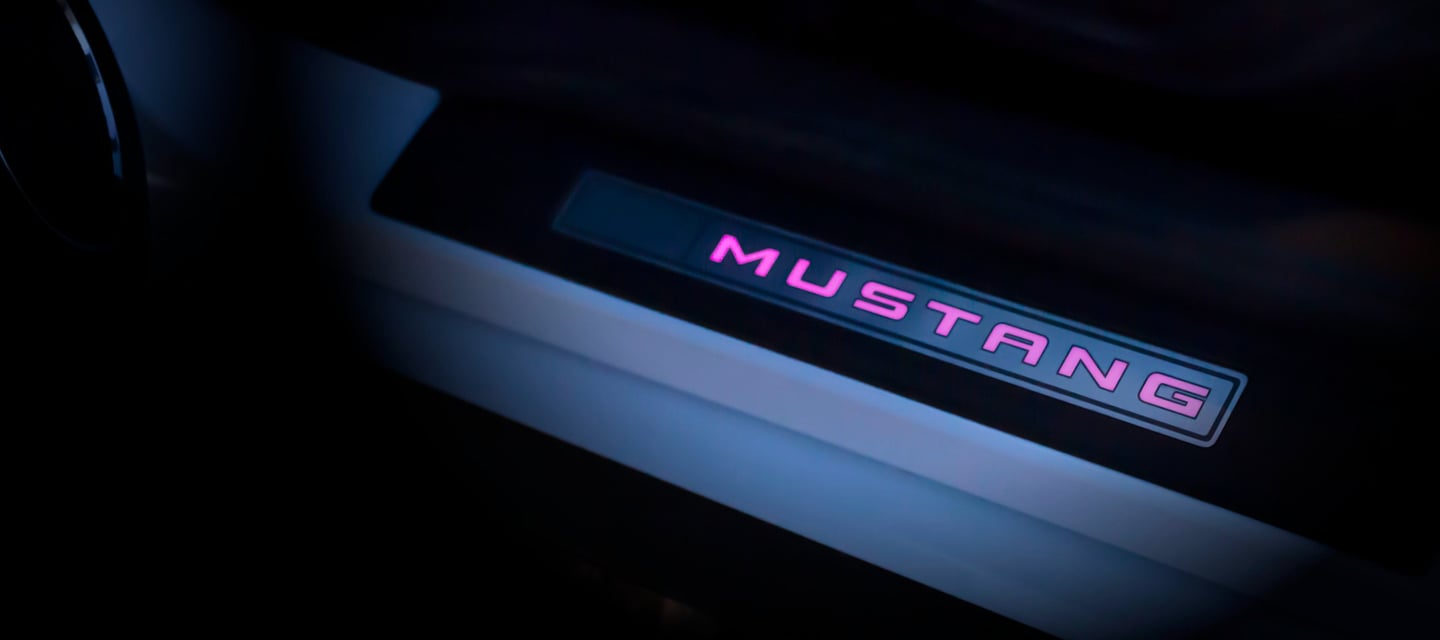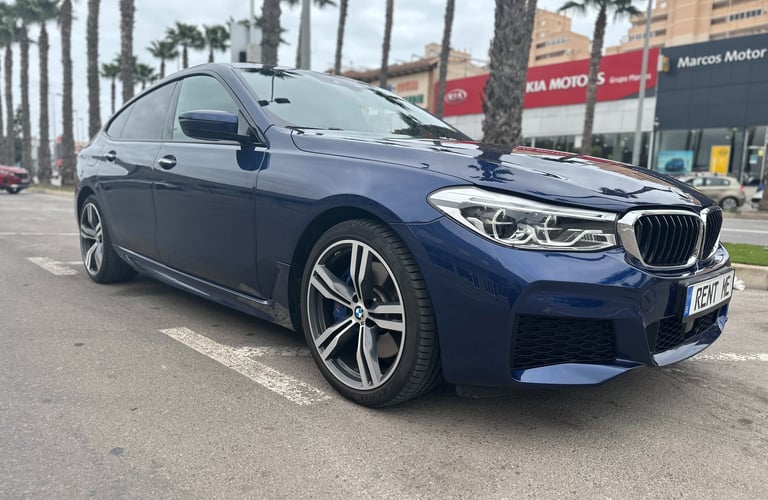RENT ME TORREVIEJA
Your Premier Car Rental Service
Experience seamless car rentals in Torrevieja and Alicante Airport. Choose from a wide range of vehicles, all with full insurance and easy online booking.


Car Rental Services
Explore our diverse fleet of cars, from economy to luxury, all with full insurance included.


Luxury Cars
Experience premium driving with our luxury car rentals, perfect for any special occasion or getaway.
Performance Vehicles
Feel the thrill of speed with our selection of sports cars, designed for an exhilarating ride.



Business Class
